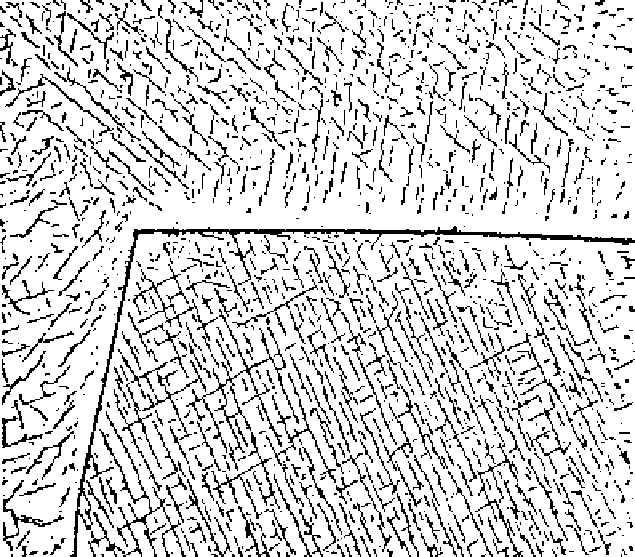Environmental Engineering Reference
In-Depth Information
installing a cold trap of steel wool in a bypass to the main sodium circuit. Oxides
precipitated from the solution preferentially deposit on steel wool, which is peri-
odically replaced. Nitrogen has been observed to increase the corrosion of steel
in liquid lithium whether it is in the liquid metal or in the steel. The formation
of a corrosion product such as Li
3
CrN
5
, or an equivalent one with iron, is held
responsible for the aggravated attack.
Oxygen-induced intergranular and transgranular penetration of niobium and
tantalum by lithium, sodium, potassium, and sodium-potassium eutectic NaK has
been reported [13]. The penetration has been observed in metals containing oxy-
gen above a ''threshold level'' and is independent of oxygen in the lithium. The
oxygen accumulated at the grain boundaries and habit planes reacts with lithium
forming oxide which in turn reacts with the refractory metal to form ternary oxide
corrosion products. Figure 7.13 illustrates such an attack of niobium by molten
lithium. The problem of lithium penetration of niobium was eliminated by the
Figure 7.13
Intergranular and transgranular penetration of niobium containing 1500
ppm O and exposed to lithium for 100 h at 816
°
C. 750
. Etched with HF-HNO
3
-H
2
SO
4
-
H
2
O.

